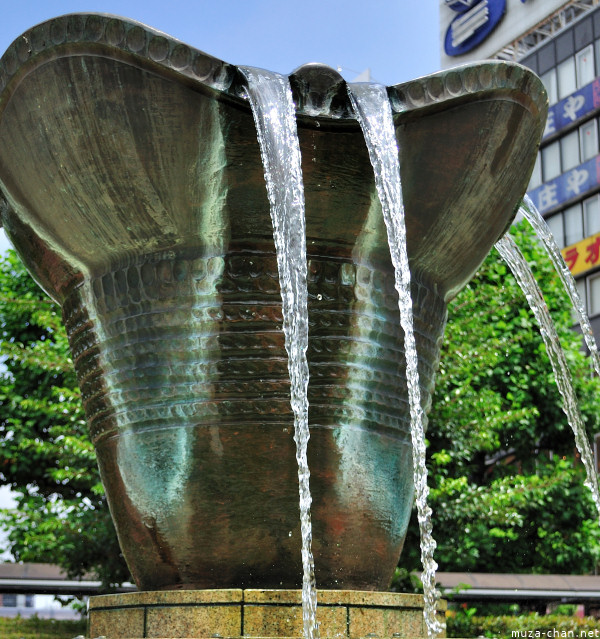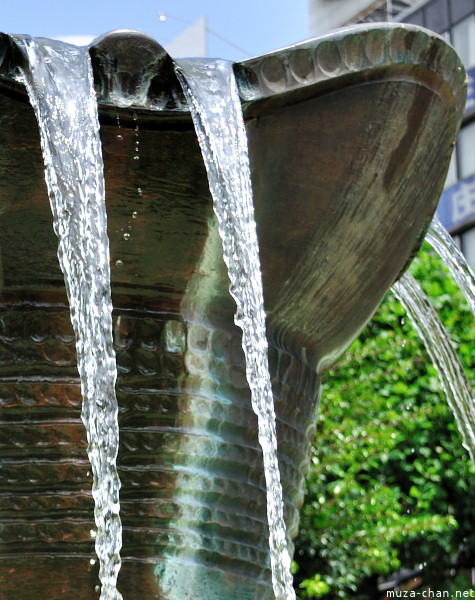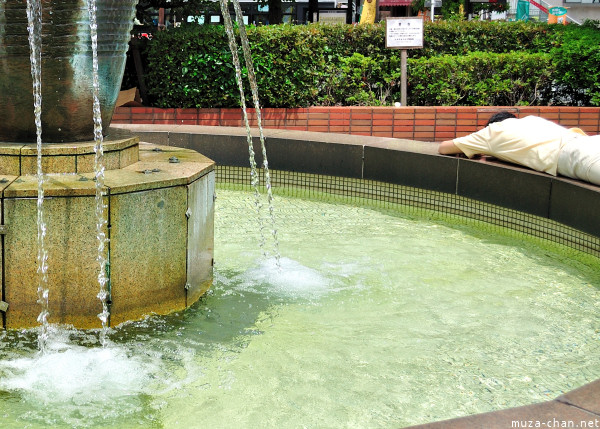In Ota-ku, near the Omori Station, in a nice little park I found an interesting fountain:
Why interesting?
Because the fountain is a scaled up replica of a Jomon period (14,000 - 400 BC) vase, discovered in 1877 near Tokyo by the American archaeologist Edward S. Morse.
Jomon, meaning “cord marks", describes the surface decorations made with a twisted cord wrapped around the vases.
Otherwise, it was a good place for a few moments of rest, before continuing my explorations. And I wasn’t the only one enjoying it… :)
… and if you happen to go there, here’s the Google Maps location: ;)
În Ota-ku, lângă staţia Omori, se află un mic parc în care am descoperit o fântână deosebită:
De ce este deosebită?
Pentru că fântâna este copie după un vas de ceramică din perioada Jomon (14.000 - 400 î.e.n.), descoperit în anul 1877 într-un site arheologic lângă Tokyo, de arheologul american Edward S. Morse.
Jomon s-ar traduce prin “urme de funie” şi se referă la faptul că decoraţiile de pe suprafaţa vasului sunt făcute o sfoară răsucită.
A fost un loc plăcut pentru a petrece câteva clipe de odihnă, înainte de a-mi continua explorarea. Şi n-am fost singura… :)
Şi dacă se întâmplă să vă aflaţi prin zonă, iată şi locaţia în Google Maps:
View Larger Map





